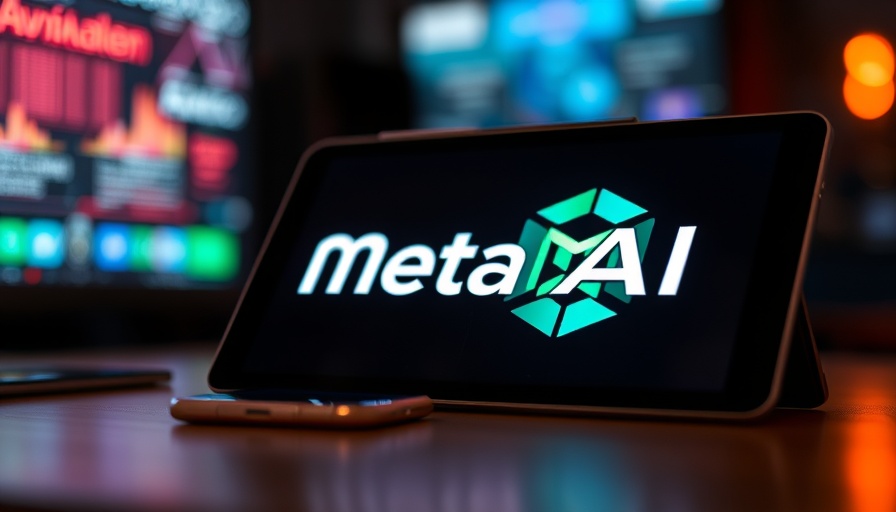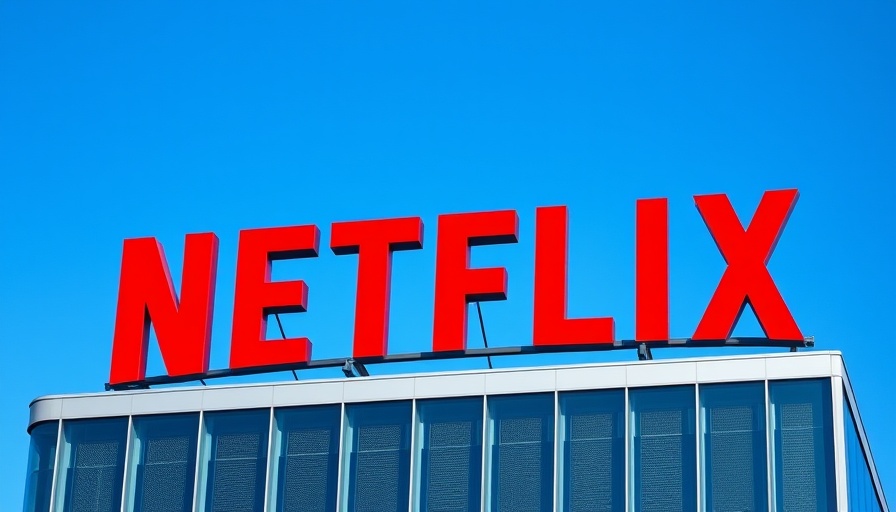
Unexpected Usage Limits Shocking Claude Code Users
Since Monday, users of Claude Code, a prominent service by Anthropic, have encountered alarming usage limits, leaving many feeling frustrated and confused. Heavy users, particularly those subscribed to the $200 monthly Max plan, reported that they were abruptly hit with a message stating: ‘Claude usage limit reached’ with very little context. Complaints on Claude Code's GitHub page reflect a shared frustration among users feeling their access has been curtailed without prior notice.
What are the New Restrictions?
The newly implemented restrictions appear to be impacting power users more seriously. Users often see a message indicating their limits are reached, alongside a reset time, typically within a few hours. However, this unexpected change has raised suspicions among users, leading some to believe they may be subject to a silent downgrade in their subscription or inaccuracies in usage tracking. One commenter remarked on Twitter, “Your tracking of usage limits has changed and is no longer accurate... it’s impossible that I have hit 900 messages in just 30 minutes!”
Lack of Communication from Anthropic
Despite numerous inquiries, Anthropic has yet to clarify the reasoning or the extent of these changes. An Anthropic spokesperson acknowledged that users are experiencing slower response times, without offering further details. The absence of communication from the company regarding the new limits has left many users feeling stranded. One anonymous user stated that ongoing projects are in jeopardy because of this sudden restriction, saying: “It just stopped the ability to make progress.” This paints a troubling picture of users between a rock and a hard place, unable to find adequate alternatives in a competitive marketplace.
API Users Report Additional Complications
As if the usage limits weren't enough, users of Claude Code's API also reported facing overload errors during this same period. Anthropic's status page does corroborate this issue, noting six separate problems emerged over the last week. While the overall network claims to maintain 100% uptime, the various technical complications have compounded the frustration felt by the user community. It seems that the new limitations have intensified the spotlight on potential flaws in the company's infrastructure.
Understanding Anthropic’s Pricing Plans
Another issue lies within the confusing pricing structure employed by Anthropic. The Max plan, designed for serious users who need extensive capabilities, claims to provide twenty times the limits of a Pro subscription, which itself boasts five-fold limits over the free option. However, Anthropic inserts disclaimers indicating the free user limits “will vary by demand” without a fixed value. This approach potentially leaves users unaware of any restrictions, leading to unpredictability in their operations.
The Uncertainty Leading to User Dissatisfaction
The lack of clarity surrounding usage limits has not only created chaos but also diminished trust in Anthropic's transparent customer service. Many users are growing frustrated, as this unpredictability makes planning and execution increasingly challenging. As one user expressed, the inability to plan their project tasks around the service's access limitations is severely disrupting their workflow.
What Lies Ahead for Claude Code Users
As this situation develops, it raises critical questions about how technology companies communicate operational changes with their user base. In a realm where reliability is often equated with success, companies like Anthropic must demonstrate better transparency and customer engagement to rebuild trust and confidence among their users.
Conclusion: Call for Clarity
For now, users have been advised to remain vigilant and report any unusual usage limit notifications. In a tech landscape that values clarity and reliability, Anthropic must address these issues head-on, offering its users an explanation and a pathway forward. As this story unfolds, following updates on usage limits and user policies from Anthropic will be crucial.
 Add Row
Add Row  Add
Add 



Write A Comment